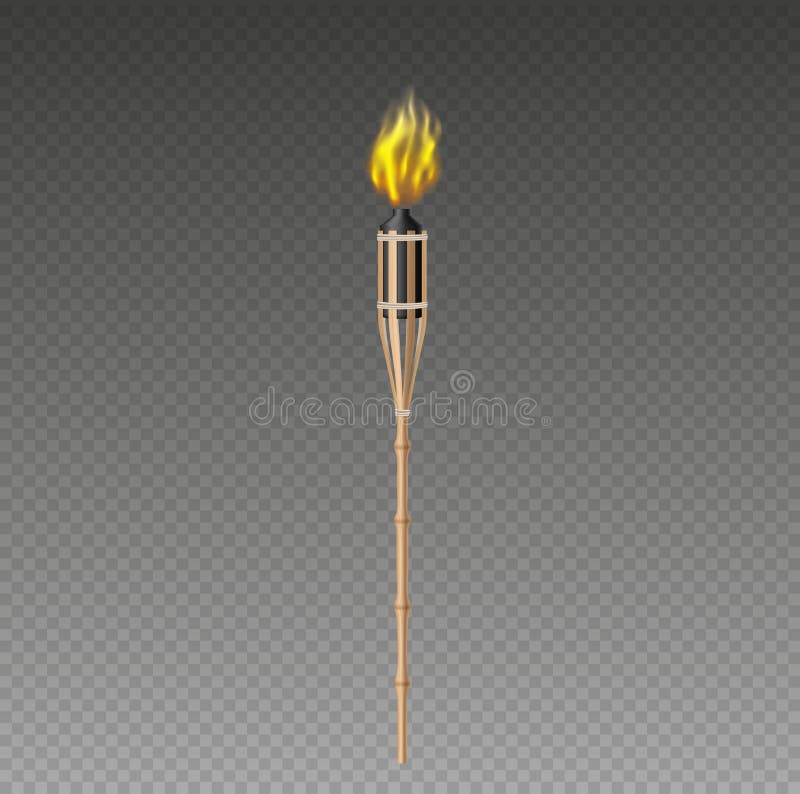


(*) As a contemporary chronicler put it: “They that were within the Tower cast wildfire into the City, and shot in small guns, and burned and hurt men and women and children in the streets”. The chemical weapon, let loose from a primitive and unreliable flame-thrower, was “Greek fire” or “wildfire”, which may be thought of as a form of napalm, that stuck and set fire to everything – and everyone – it came into contact with, and flared up even more fiercely if water was cast onto it (*). At this, the Lancastrian garrison in the Tower, under Thomas, the Seventh Baron Scales, indiscriminately opened fire on the City in an ultimately unsuccessful attempt to prevent its occupation, using both conventional and chemical weapons from the Royal Armoury, causing both combatant and civilian casualties, and occasioning extreme public outrage, ultimately resulting in Scales’s summary execution (*). On this day in 1460, a Yorkist army arrived at the gates of London, and was admitted by Aldermen sympathetic to their cause. There was also some actual action in the City and indeed there were pitched battles on its outskirts, at St Alban’s in 14, and at Barnet in 1471. During “The Wars of the Roses”, between 1455-85, London was an important centre of political machination, and the Tower, the scene of a series of chilling politically motivated murders, in forgotten dreadful cubicles behind great locked doors. German version A weapon of the Byzantine navy similar to a flame-thrower, first mentioned in the defence against the Arab attack on.


 0 kommentar(er)
0 kommentar(er)
